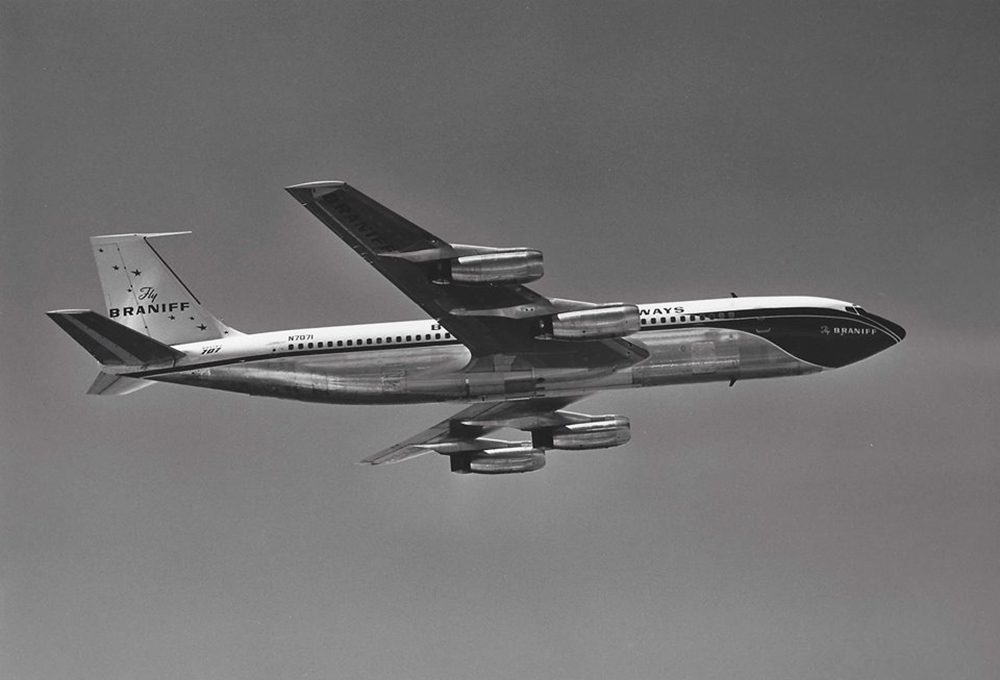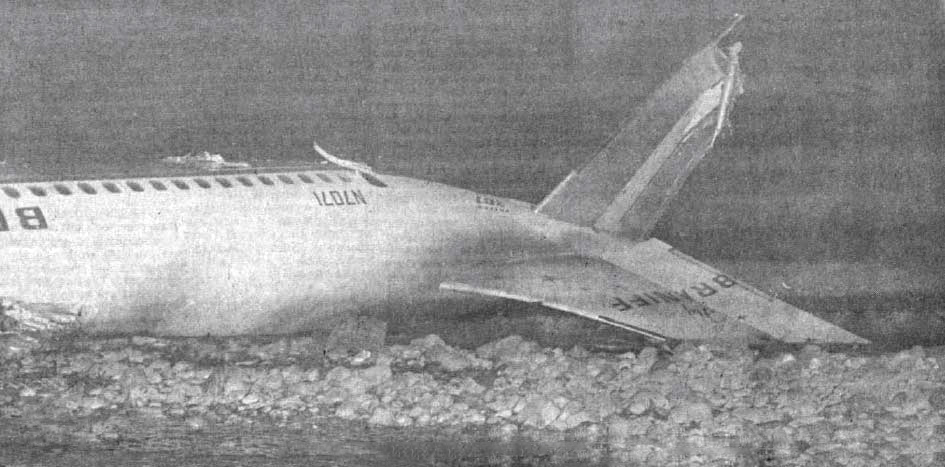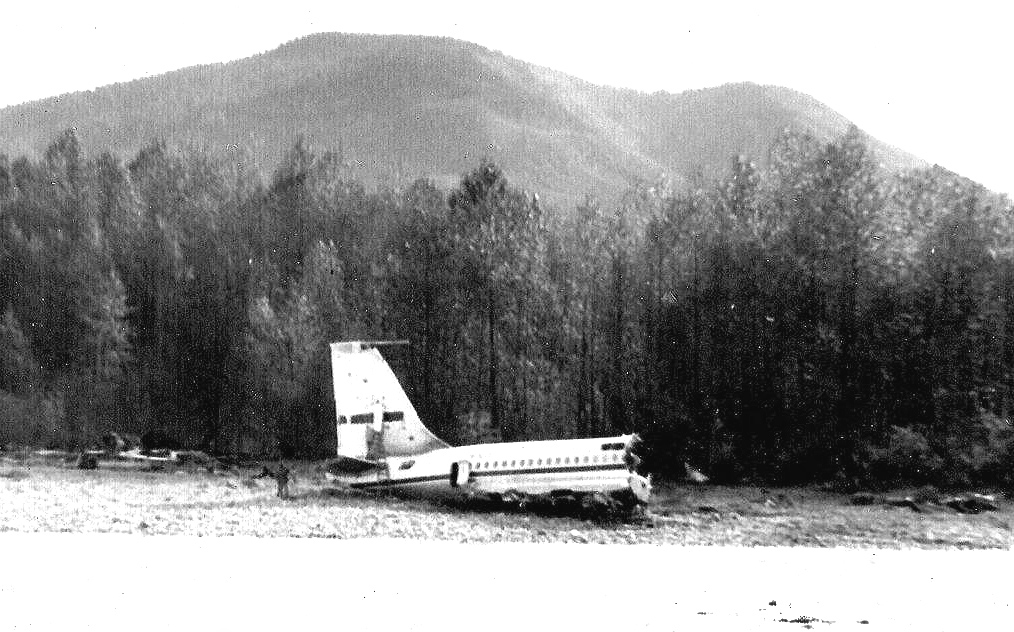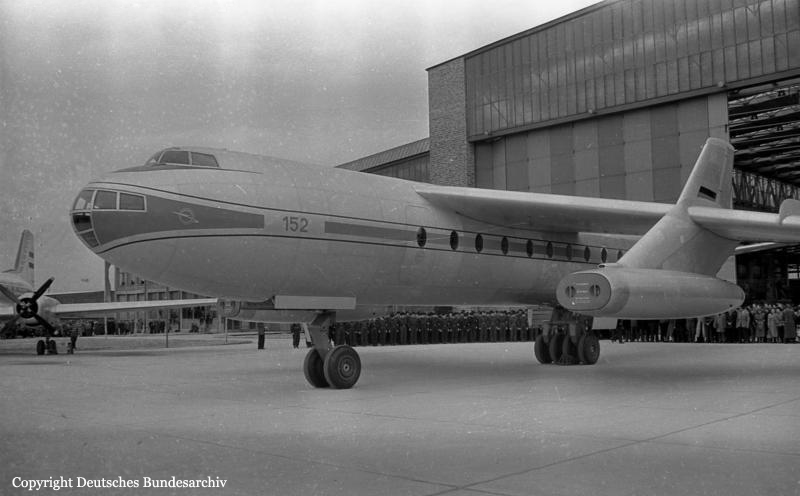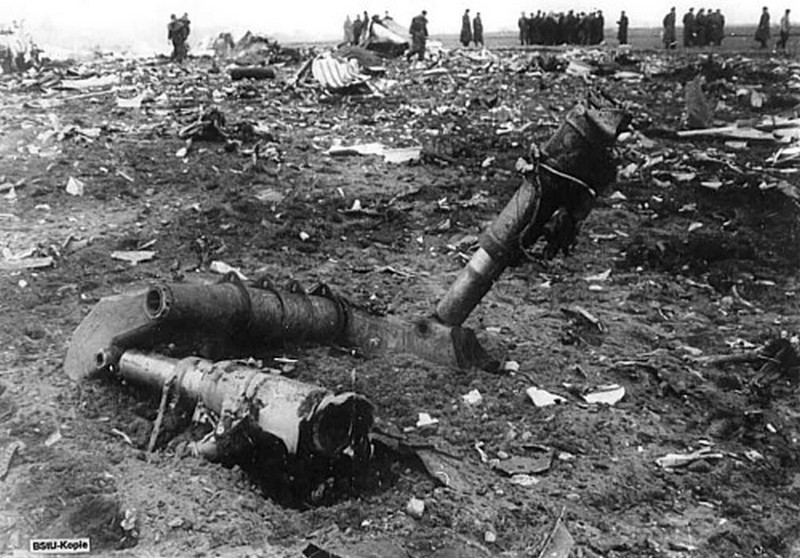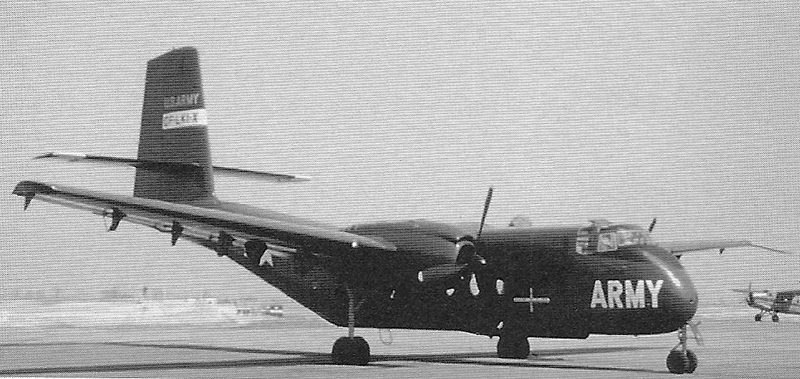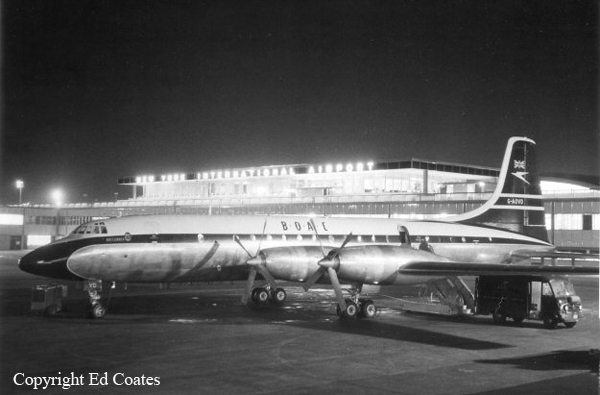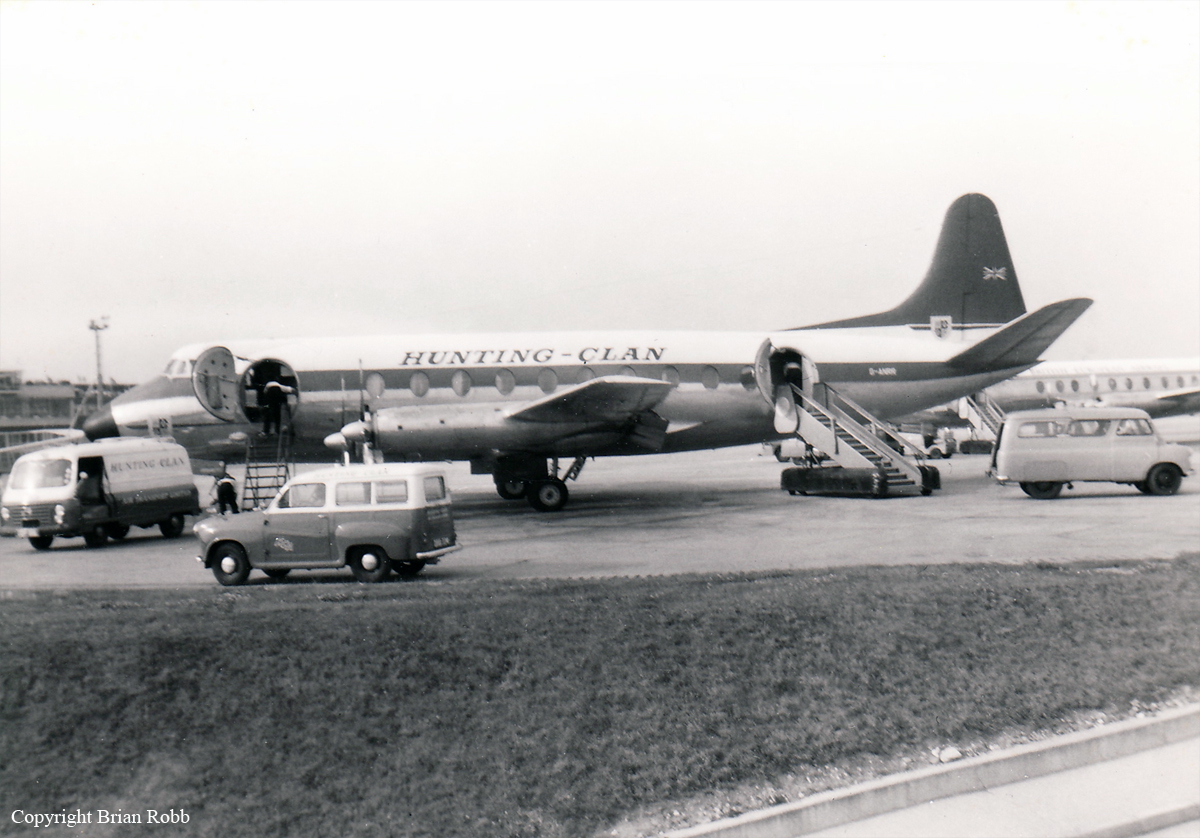Crash of a Nord 2501D Noratlas in Vilkerath: 4 killed
Date & Time:
Jan 23, 1961 at 0755 LT
Registration:
GB+119
Survivors:
No
Schedule:
Cologne - Cologne
MSN:
103
Crew on board:
4
Crew fatalities:
Pax on board:
0
Pax fatalities:
Other fatalities:
Total fatalities:
4
Circumstances:
The crew was engaged in a local test flight out from Cologne-Bonn Airport after one of the engine has been changed the day prior to the accident. On approach by night, the aircraft was too low and struck power cable and electric pole before crashing in a snow covered field located in Vilkerath, 15 km east of the airport. The aircraft was destroyed and all four crew members were killed. There were icing conditions at the time of the accident.
Crew:
Cpt Helmut Wolf, pilot,
Wolfram Miss, pilot,
Erich Lauf, radio operator,
Rudi Wilker, mechanic.
Crew:
Cpt Helmut Wolf, pilot,
Wolfram Miss, pilot,
Erich Lauf, radio operator,
Rudi Wilker, mechanic.
Probable cause:
It is believed that the accident was the consequence of a wrong altimeter setting probably due to faulty information because the Pitot tubes were obstructed by ice.




